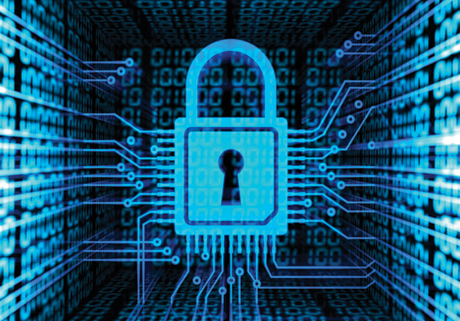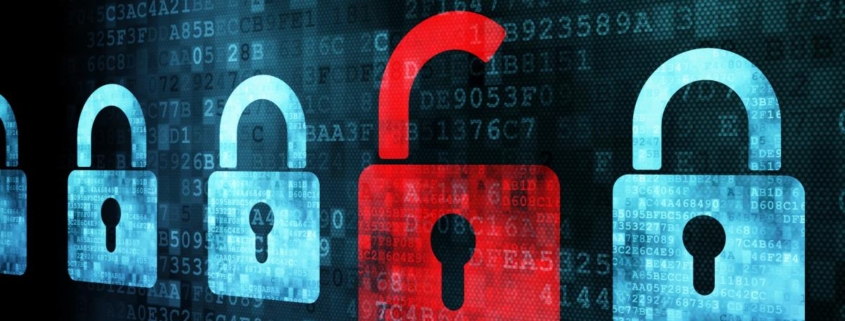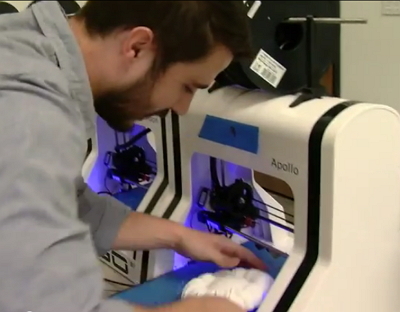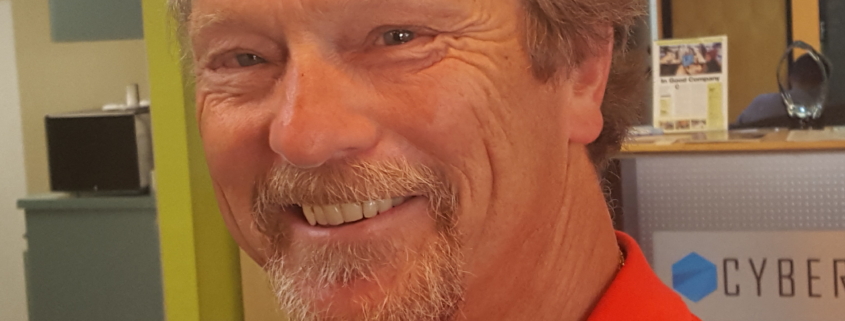When it comes to cybersecurity, changing outcomes is about unity of mission, not command, and here our government is often at odds with itself. The next president, whomever he or she turns out to be, has a chance to change that. The hack of the Democratic National Committee (DNC) made juicy headlines –but it shouldn’t have surprised anyone. Because these days, there are two kinds of presidential campaigns in the United States: Those that have been hacked and those that have been hacked but don’t know it. If our next president is serious about preventing attacks, we need to stop waiting for the inevitable. The appointment of the nation’s first chief information security officer and the new directive for cyber incidents is a start, but good cybersecurity policy should be proactive, not reactive.
Here’s how we can get ahead of the game:
1) End the government doublespeak
In February, President Obama took the first step of writing an op-ed in the Wall Street Journal to outline his strategy for strengthening the internet. He’s spending $3 billion to overhaul federal computer systems and fix government IT, which he characterized as “an Atari game in an Xbox world.”
2) Create a new cyber technology court
Many of the laws governing cybercrime are decades old and failed to anticipate today’s connected world. The Electronic Communications Privacy Act and the Computer Fraud and Abuse Act, for instance, criminalize research by ethical hackers designed to find security flaws before they can be exploited by criminals.
3) Internet security isn’t a war; the government needs help
For a global power used to flexing its muscle to solve problems, the web can be a strange place and a great equalizer. Some of the best tech talent and tools are in the private sector.








